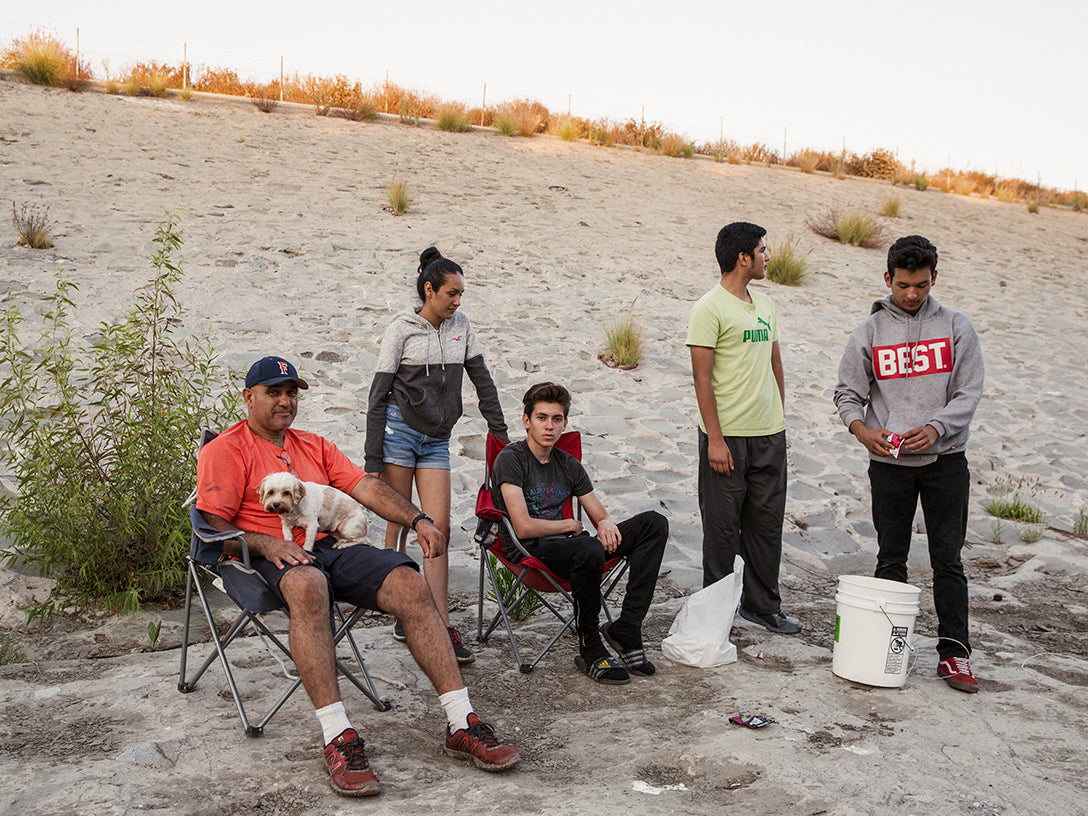Most landmarks pierce the skyline of any given city with a certain metaphysical certitude. People gather, buy the t-shirt, maybe grab a keychain, take the picture and go home. Sure there are canyons and craters that inspire people to look inward and reflect on some larger sense of their place within the world, but nothing as precarious and overlooked as the 51 miles of partially paved and oft-dismissed riverbed that runs through Greater Los Angeles.


As a native I could easily spend the rest of my available words describing in detail our former Governor riding a Harley in slow motion into the LA River to save Edward Furlong from the T-1000, or Jake Gittes tailing Hollis Mulwray to the dry river bed and observing him talking to a boy on a horse. But I actually have been down there and had a good look around.




It’s still to this day a place unlike any other. Strands of narrative spread out like a delicate web combining multiple time periods, a temporal tear in an otherwise modern city that usually is able to shed the past with ease. For a city filled with thousands of Priuses, it’s a reminder of the will and might of the human ego that got this city where it is today, where we successfully bent nature to suit the needs of our manifest destiny. A stretch of sacrosanct common heritage that no matter how old you are just begs your inner art nerd to pull over the car and take an actual film photograph.

On a map it officially begins where the Arroyo Calabasas and Bell Creek join. And that is coincidently the exact same concrete fork in the river where Arnold flew in as the Terminator, sparks and all. There is as much variety of people and activities along the river as there are colorful cultural communities in Los Angeles. On the right foggy morning, you might see scavengers hunting for discarded recyclables in some nightmarish post-apocalyptic dreamscape. In that same instant glance to your left and you might see a Blue Heron watching a father and son fish. Car enthusiasts photograph their latest chrome creations on the same cement banks where skateboarders try to lock down a clip. People bike it, Frisbee golf in it and some even call it home. Then there is artistic reappropriation, from site-specific installations to massive graffiti pieces going all the way downstream to Long Beach. "SABER" held the record for the most prolific traditional graffiti piece, measuring 250 x 55 feet until the city whitewashed it away.




People from out of town usually scoff when you point and say, “and there’s the LA River.” Yes at times it can look like an ode to Brutalism. But it’s more than just that. It gives old lifeless things new purpose in a new setting; one man’s waste is another man’s treasure. Makeshift homesteads dot the gray zone easements of shrubbery laden railways. People live here, they survive here and they thrive here.



When you glance down into this space even for a second, the vista of the river creeps on you, because it is not just a river. It is a reminder of the resilience of nature even after being literally paved over. It’s a symbiotic manmade artifact of the past, still thriving. It is a visual palate cleanser, a respite from the newer, cheaper, easier strip mall copy/paste modern American lifestyle and mentality. So when you see that little patch of green among the concrete, how can that not register as hope for the collective future of a city like no other. As Sarah Connor always said, “No fate but what we make.”





